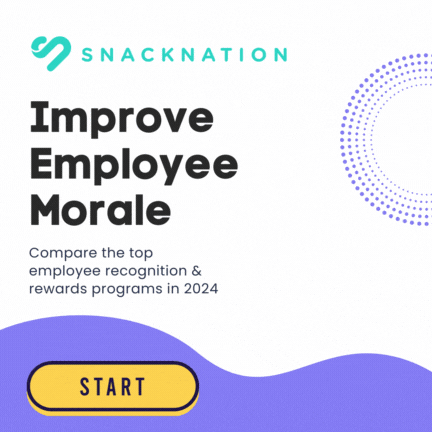So you think your wellness plan is set.
You’ve done your homework, and you know that there’s a direct connection between wellness and employee engagement (and therefore your company’s bottom line). You’ve taken care to develop a plan that touches all the critical areas, from physical fitness to mindfulness to nutrition.
You’ve also successfully made the case to leadership that a wellness plan is in your company’s best interests.
Your CEO is on board with your plan’s hiring and retention benefits. Your CFO loves the money you’ll save on reduced absenteeism and health care costs. Your COO is bought-in on the productivity boost she’ll see when your team is healthy, alert, and firing on all cylinders.
But now that the plan is in place, you notice that participation is anemic.
What gives?
Here’s a hint: buy-in from executive leadership isn’t enough.
That’s because the most influential people at your company aren’t members of the C-suite – the most influential people at your company are actually middle managers.
Seriously. In most companies, middle managers have a bigger influence on the company than senior executives.
Most often, it’s middle managers who are in the trenches. They’re the ones making daily contact with employees, and actually implementing leadership’s high-level strategies and ideas.
In fact, a Gallup study found that managers account for at least 70% of variance in employee engagement scores across business units.
The bottom line: your plan will never get off the ground unless you get middle managers behind it.
Here are a few tips for getting managers on board so you can get better buy-in for your wellness plan.
1. Focus on Productivity Benefits
Whether it’s switching to a new CRM or convincing them that a midday meditation session is in their best interest, sometimes it’s difficult to get managers to focus on the long term benefits of a well-rounded wellness program.
One tactic is to focus on something that every manager cares about – productivity.
Let them know that your plan will make them look good in the short term by enabling your team to work more mindfully – and therefore more efficiently.
If a manager thinks that your plan will help his team hit its monthly or quarterly targets, he’ll be on board in no time.
2. Remind Them that Managers Lead by Example
Sometimes managers forget that their habits influence their team even more than their words.
Even if a manager has bought-in on an intellectual level, if she doesn’t actually participate in your program, she might inadvertently discourage her team from participating as well.
Always sitting out of that weekly yoga session sends a signal that wellness is not a priority. Or worse, that there’s an unspoken expectation that your team isn’t allowed.
Good managers take mentorship seriously. Remind them that their participation matters and you’ll see an uptick in overall participation.
3. Give Them Ownership
Enable managers to tailor your plan to their team’s specific needs.
Your strategy should have a series of standard, core components, but by allowing for some flexibility, you’ll empower managers to develop a plan that they’ll actually stick with.
Plus, if you bring managers into the process and give them a say in the plan’s development, they’ll be much more emotionally invested in its success.








